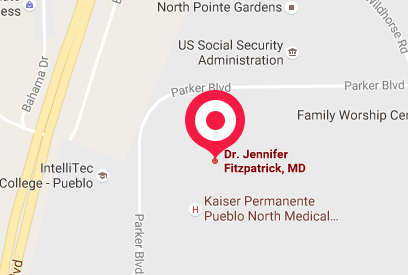Broken Bones
Broken bones or fractures are breaks in the bone that occur when extreme force is applied on the bone. Broken bones can occur accidently due to a motor vehicle accident, during sports activities or a fall from a height.
The common symptoms of a broken bone include pain, numbness, swelling and bruising of the injured area. In severe cases the pain is intense, worsening with movement, and the broken bone protrudes through the skin, causing heavy bleeding at the site of injury. Severely broken bones require urgent medical attention.
While waiting for medical help you can take the following actions which include:
- Stopping bleeding by applying pressure on the wound with a sterile bandage or clean cloth
- Applying ice packs to reduce pain and swelling
- Providing first aid treatment for shock, if symptoms such as weakness, dizziness, pale skin, and increased heart rate are observed
- Limiting movement of the injured area with splints
When you present to the clinic with a broken bone, your doctor reviews your medical history and performs a detailed physical examination. X-rays are ordered to know whether the bone is intact or displaced, and to determine the type of fracture. Your doctor may also recommend a computerized tomography (CT) scan to establish the severity of the fracture.
Treatment options include non-surgical and surgical therapy. Non-surgical treatment involves skeletal traction and use of casts and braces. Skeletal traction involves placement of pins into the bone in order to realign the bone fragments. Surgery involves internal fixation and external fixation.

